So, brands, I ask you this: Will you continue to use an outdated marketing model or adapt to the new consumer mindset and reap the rewards?~ Ben Barry op-ed in Elle Canada
Before I go in, let me set the stage for you. This is a long, informative post, so grab your coffee, turn down the TV and read on. Imagine this:
- What if the staid industry norms and advertising techniques used to attract, motivate, and inspire women to make a purchase NO LONGER MATTER.
- What if new statistics emerged within Northern America that show that using a monolith model, white and size 2, NO LONGER ONLY INSPIRE.
Plus size bloggers and magazines have LONG been calling out designer and brands on this. Contrary to traditional fashion marketing belief, Ben Barry has found that women will buy fashion when models convey a realistic, attainable image and make them feel confident.
Say What?
Meet Ben Barry of the Canadian Ben Barry Agency. In pursuance of his PhD, Ben Barry recognized that while the impact of models on body image has been studied, very little research has been conducted upon how models—depending on their size, age and race—influence purchasing decisions.
ABSOLUTELY BRILLIANT! You would think though, that rather rely upon long-established and terribly outdated industry norms to guide their casting decisions, marketers, brands, retailers would use or conduct some kind of research on this! HA! Well, enter in Mr. Barry who wanted to challenge those norms to see if there was a business case to support a more diversified approach and shares his findings in Elle Canada.
And Guess what He FOUND OUT?
Thanks to Ben Barry all of those above IFS are finally proven to be TRUE! But for us plus size women, we already KNEW this… but having new research and findings? YES! With 2000 women, sizes 2-18, age and ethnically diverse, this two phase study looked at both purchase intentions and the reasons behind those. I mean if you care about your bottom line and running shop, let me tell you what Ben Barry’s findings reveal:
Phase 1:
Looking at models who had similar and dissimilar sizes, ages and races to themselves, each woman was randomly shown two of eight possible ads where the models might have reflected some of their traits, all of their traits or none of their traits.
“I found that Canadian and American women increased purchase intentions for fashion products advertised by models who reflected their own demographics: age, size and—for non-Caucasians—race.” ~Ben Barry
For those over a size 6, women increased their purchase intentions by a dramatic 300 percent* when they saw curvier models. Conversely, when women saw models who didn’t reflect their size, they decreased their purchase intentions by 60 percent, and women over size 6 dropped their purchase intentions by 76 percent.
Phase 2:
Why did women increase purchase intentions when models looked like them? The women shared that they could better picture themselves in the dress advertised by similar models. GO FIGURE.
According to Ben Barry, “They could imagine how the dress would flatter their shape, how the aesthetic would suit their age and how the colors would complement their complexion.” And for those idealized models? “… Their insecurity didn’t translate to purchase intentions as the industry hopes; it actually turned them off the product.”
His Conclusion?
“The women in my research want models—regardless of size or age—to inspire them with glamour, artistry and creativity.”
Basically, models should reflect the same size and age ranges of the brands target market. Ben Barry smartly deduces, It’s clearly in a brand’s financial interest to create samples in a few sizes to reflect the diversity of their consumers.
The underlying message is that fashion needs to sell aspiration, but it is NOT a standardized model’s age, size or race that is aspirational; it is the clothes, styling and creative direction of the shoot.
Why this matters? And how this affects the Plus Size Industry…
Far too many department stores, designers, and retailers have made decisions, assumptions, and choices based upon BAD and outdated information. For example, if a division in your department store, plus sizes, is not selling through, chances are the plus size consumer is not being spoken OR catered to.
To the online retailers that insist on using a size 6, 8, or 10 and label her as plus size AND the modeling agencies that force feed these 6, 8, 10, and 12 models down the retailers throats, please know that you are only hurting yourself and your business.
This means that YOU the businesses that cater to or are interested in selling to US, the plus size woman- please know we need MORE from you! We have voices now and speak up and out on what we like.
Understand this:
- No, selling plus size will not dilute your brand.
- No, using a size 8 model will NOT effectively sell your clothes to plus size women.
- No, hiding the plus size brands in a corner, not merchandised, unsigned, and poorly attended to, will NOT sell the clothes.
- No, using marketing people who are uninformed about TODAY’s plus size woman will help you understand her.
What will help your bottom line?
- The first step is admitting you have an opportunity here…
- Finding out who YOUR plus size shopper is and listening to her.
- Finding out who she is and what she likes. Just like the straight size woman, there is junior, contemporary, high end designer, fast fashion plus size shoppers. There is new market segmentation!
- Read the plus size blogs to see what is trending.
- Data mine (READ BEN BARRY’s ARTICLE!), hire the industry professionals who know the business. They are there!
- Commit to the plus size woman and make the changes we so hungrily need you to do!
I am stepping off my soapbox now, but I encourage everyone to head over to Ben Barry’s article and read, share, tweet, and comment on this piece! The fact that ELLE Canada backed him up in his findings already speaks volumes! You can also give Ben a shoutout on Twitter too! @BenBarryAgency is his Twitter!
But I want to know your thoughts. Are you as excited about this as I am? How do these new findings and research make you feel?
All images of models from Ben Barry’s Board


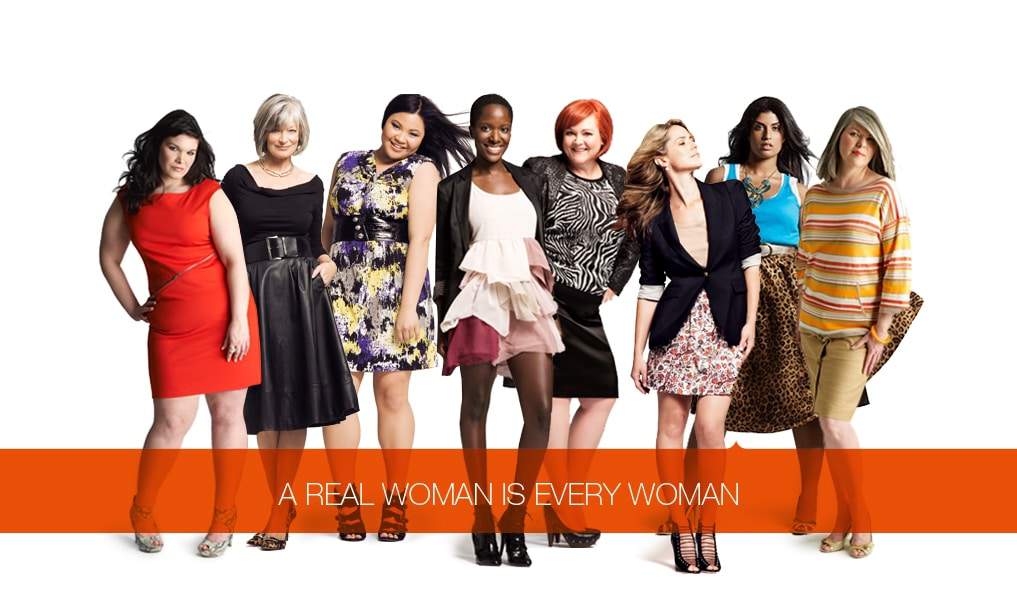
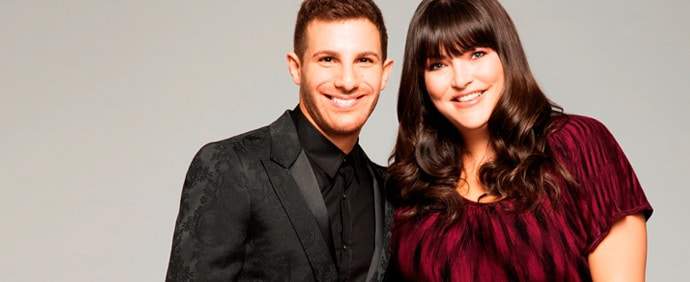
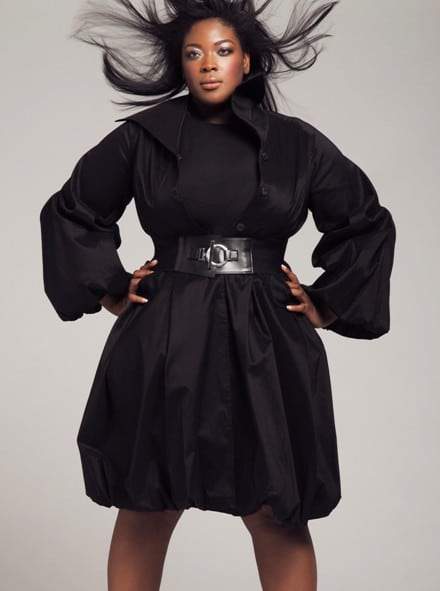
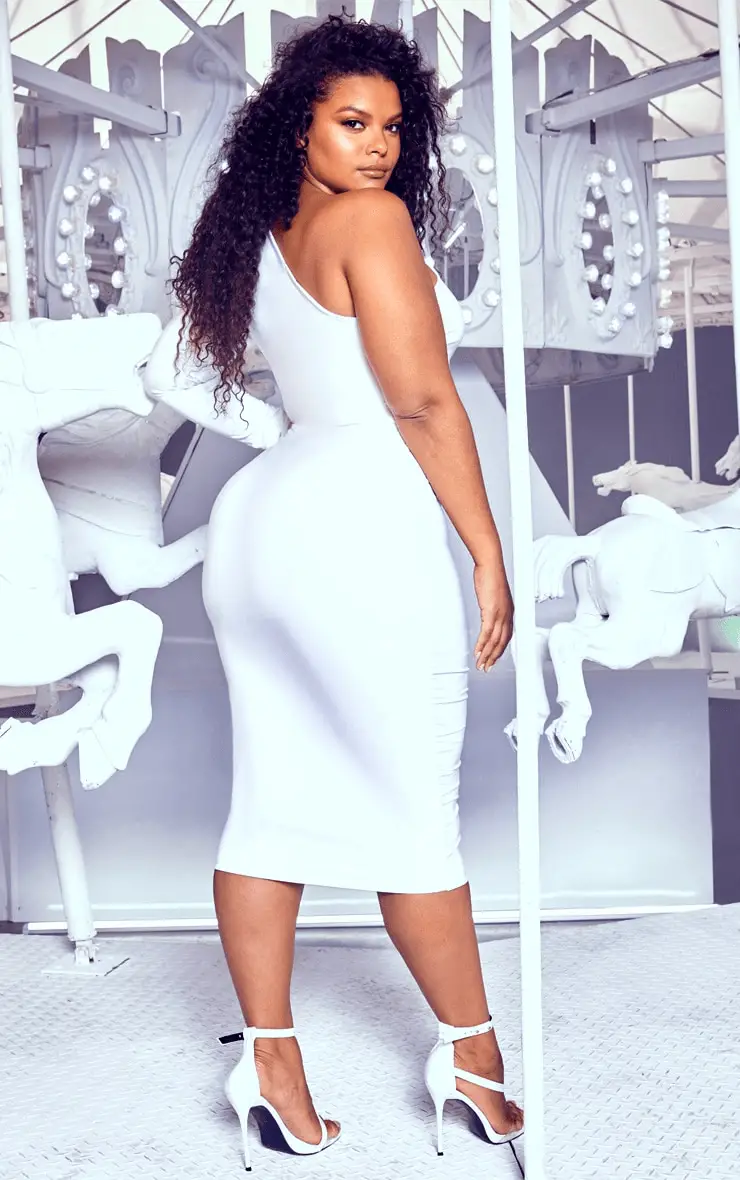
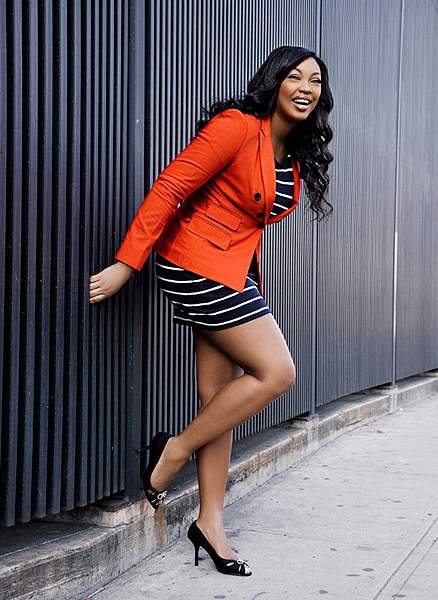
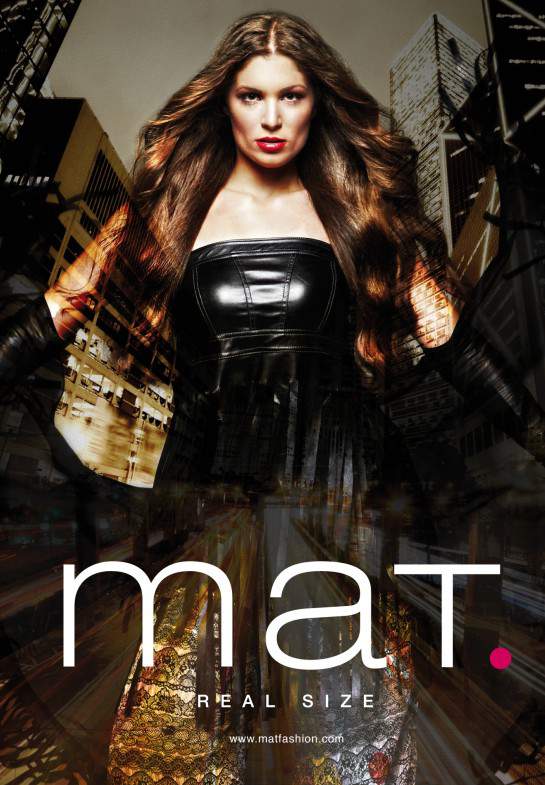
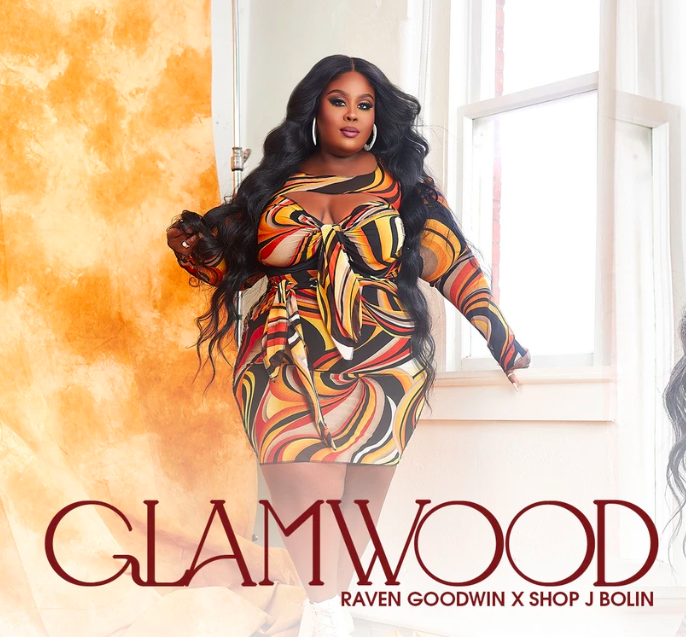
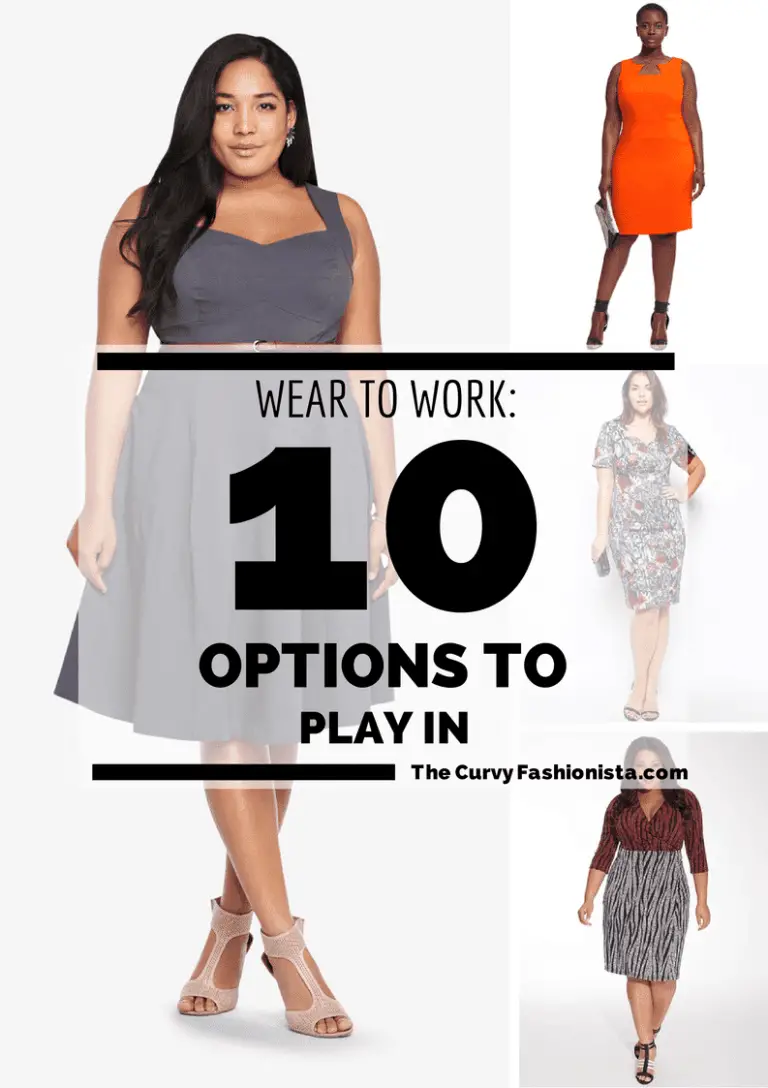
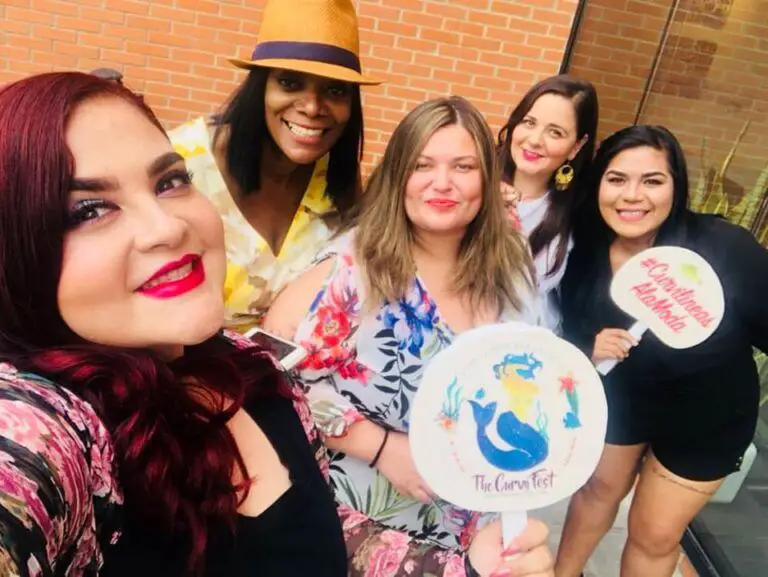
I’m shouting at my computer HOORAY!!!!!!!! Finally someone is writing about the issues I have being a curvy woman who loves to shop online but get extremly pissed when I am looking at plus sized clothing and the model is a size 6. How in the world am I supposed to know what it will look like on my curves??? and don’t get me started on stores like Target who hide our clothes by the maternity section in the back of the store with little to no displays. For the longest, I didnt even know they sold plus size clothing. I’m just so glad someone heard our cries. Ben Berry rocks!!!
oh and the models are BEAUTIFUL!!!!!
It’s so common sense. It’s a shame it took so long to bring this to retailers attention. What remains to be seen is if retailers will heed this advice. I was so frustrated with the One Stop Plus commercial because the model looked like she wore a size 8 or 10 at most. There are also other retailers who use stick thin models to sell plus-size clothing. it makes no sense at all.
Thanks for writing this article. I found it informative, and it confirmed many of my own observations. As a plus-size woman, I like to see clothes I’m interested in purchasing on women similar to me. I know fashion is supposed to be “aspirational” but it’s hard for a lot of people to figure out how a garment or item is going to look on them when the model is so thin as to be practically two-dimensional. That doesn’t speak to me, for sure.
It’s a step in the right direction but it also something as
you said already evident. The plus size industry grossed $17 billion in sales
last year or some figure close to that. The plus size community is spending the
money to be underrepresented something has to be said about that and I hope
more designers take note.
Agreed. Finally this issue is being addressed! There are some gorgeous models who are over a size 10 who can rock the clothes. We as consumers are starting to demand not only more clothing options but better representation of the clothing on fuller models. I love that Ben Berry wrote this article!!!